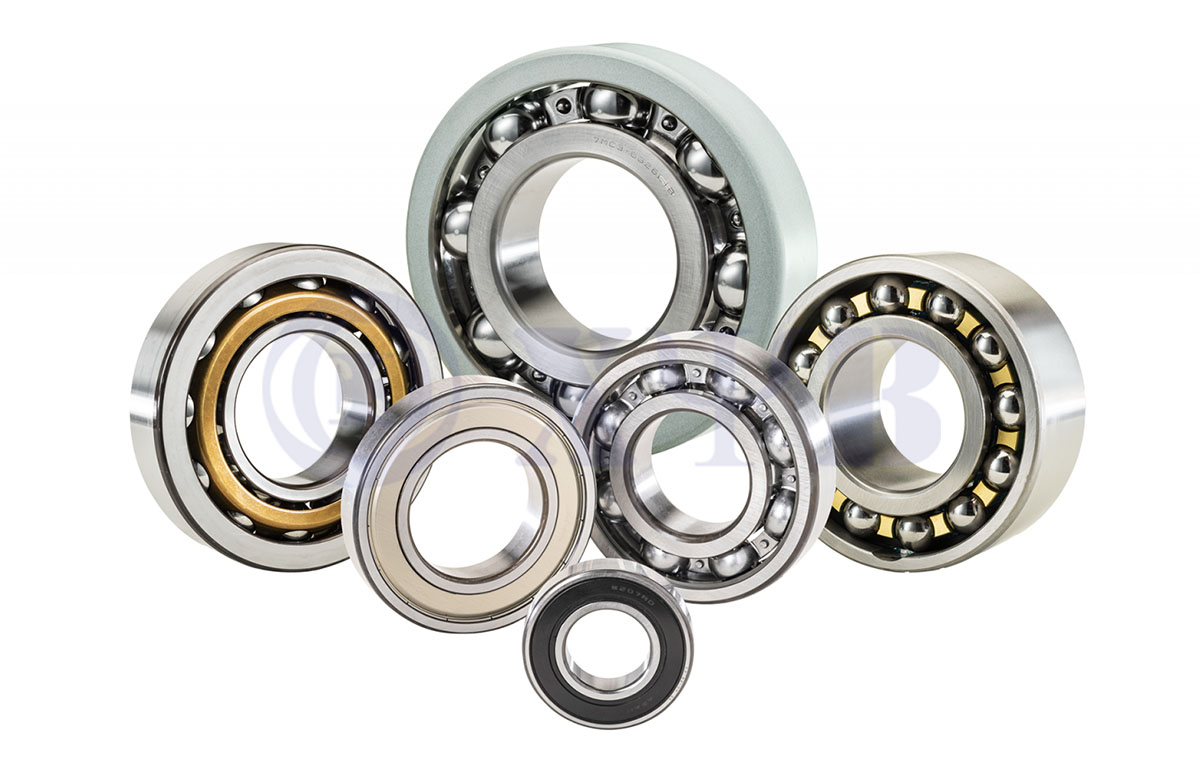Types of Ball Bearings
2024-07-05
A ball bearing is a type of rolling-element bearing that uses balls to maintain separation between the bearing races (inner and outer rings). This design reduces friction and supports radial and axial loads. Here’s an overview of ball bearings, their types, working principles, and applications:
Types of Ball Bearings
1. Deep Groove Ball Bearings:
- The most common type, used in a wide range of applications. They can handle radial and axial loads and are suitable for high-speed operations.
2. Angular Contact Ball Bearings:
- Designed to support combined radial and axial loads, with the ability to handle thrust in one direction. They have higher load-carrying capacity than deep groove ball bearings.
3. Thrust Ball Bearings:
- Specifically designed to support axial loads in one direction. They consist of two grooved washers and ball bearings positioned in a cage.
4. Self-Aligning Ball Bearings:
- Able to accommodate misalignment between the shaft and housing without causing undue stress on the bearings. They are used in applications where shaft deflection or misalignment is common.
5. Miniature Ball Bearings:
- Small-sized ball bearings used in precision instruments, small motors, and other applications where space is limited.
Working Principle of Ball Bearings
- Structure: Ball bearings consist of an inner ring (raceway), an outer ring (raceway), balls (rolling elements), and a cage (retainer) that holds the balls in place.
- Friction Reduction: Balls roll between the inner and outer raceways, reducing friction compared to sliding friction in plain bearings. This rolling action allows for smooth and efficient operation.
- Load Distribution: Ball bearings distribute loads evenly across the balls, reducing stress and wear on the bearing components and extending their lifespan.
Applications of Ball Bearings
- Automotive Industry: Used in wheels, transmissions, engines, and steering systems to support rotational motion and reduce friction.
- Industrial Machinery: Found in machinery and equipment such as pumps, compressors, electric motors, and conveyor systems.
- Aerospace and Aviation: Used in aircraft engines, landing gear, and control systems where high reliability and performance under extreme conditions are required.
- Medical Equipment: Used in medical devices and equipment such as MRI machines, X-ray machines, and surgical instruments.
- Consumer Products: Found in household appliances, power tools, bicycles, and skateboards for smooth operation and durability.
Benefits of Ball Bearings
- Low Friction: Efficiently reduce friction, allowing for smooth and quiet operation.
- High Load Capacity: Can support both radial and axial loads, depending on the type of bearing.
- Long Lifespan: Properly maintained ball bearings can have a long service life, reducing maintenance costs.
- Versatility: Available in various sizes and types to suit different applications and operating conditions.
Ball bearings are essential components in modern machinery and equipment, providing reliable support for rotating and moving parts. Their versatility, efficiency, and durability make them indispensable in a wide range of industries and applications.



